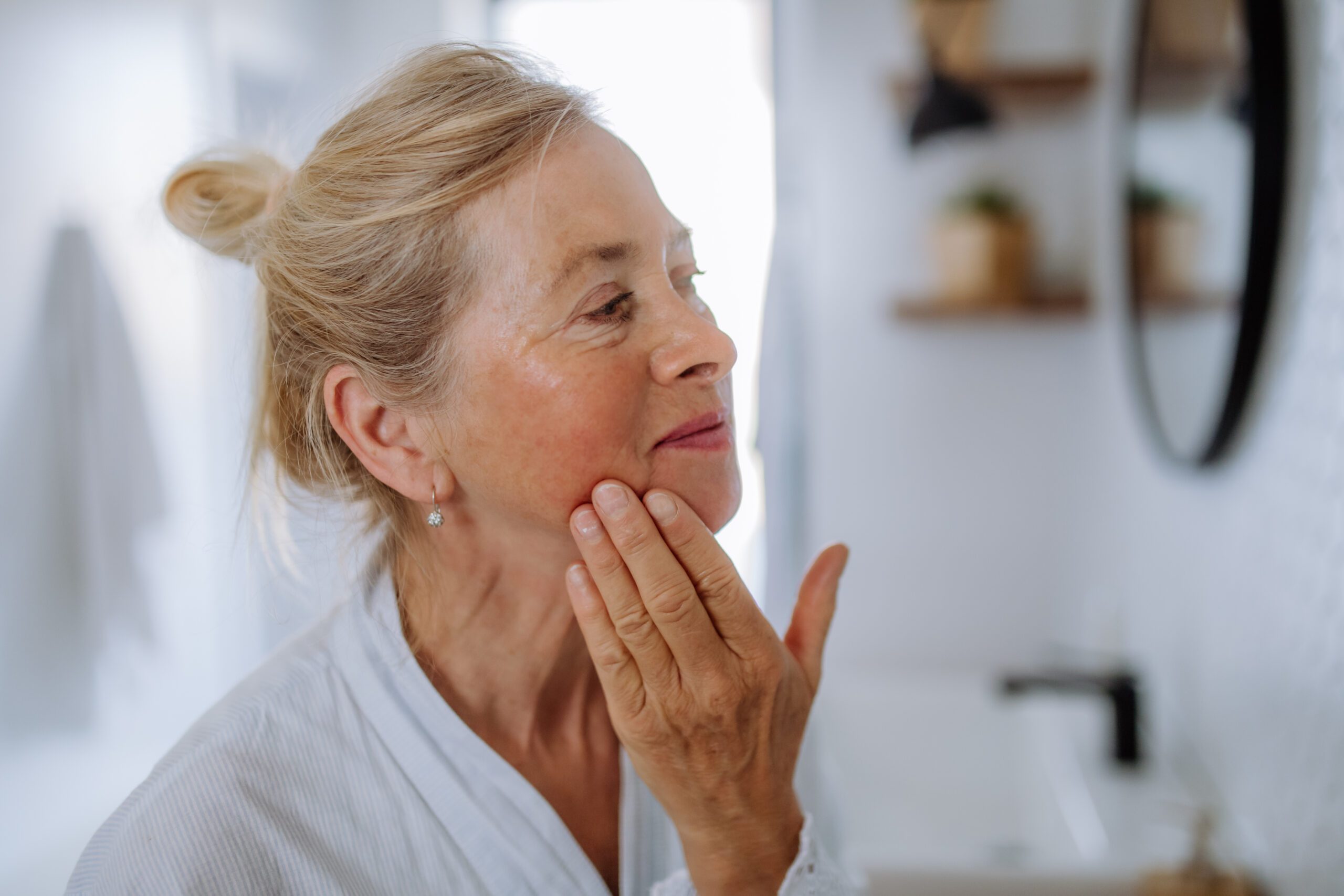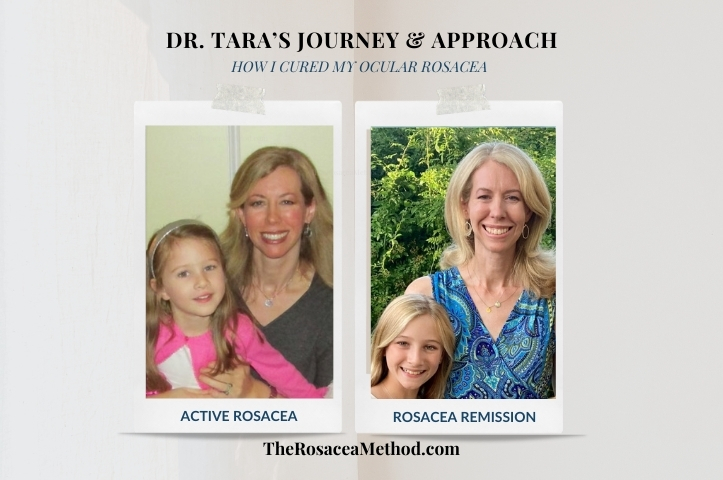BLOG
The Rosacea Method
Blog
Red Cheeks Demystified
Curious about your rosy cheeks? Unlock the secrets of your skin's redness with our complete expert guide.
Top Picks
10 Signs Demodex Mites are Dying Off
Say goodbye to demodex! Learn the symptoms, treatment, 10 signs Demodex mites are dying off of the skin and hair, with Dr. Tara.
Symptoms, Treatment, and Die Off Effects
Rosacea Diet 101
Struggling with rosacea flare-ups? Uncover easy food swaps and gut-healthy choices to soothe your skin.
Best Food Swaps that Help Avoid Triggering Flare-Ups For Good!
9 Common Rosacea Triggers
Are your rosacea flare-ups holding you back? Say goodbye to canceled plans and hello to confident, clear skin!
Discover what's causing your recurring flare-ups
The Gut Health & Rosacea Connection
Ever wondered why your skin flares up? Uncover this critical link and learn how to transform your skin from within.
A Radiant Skin Breakthrough
17 Common Reasons for Your Rosy, Blushing Face
Most Recent
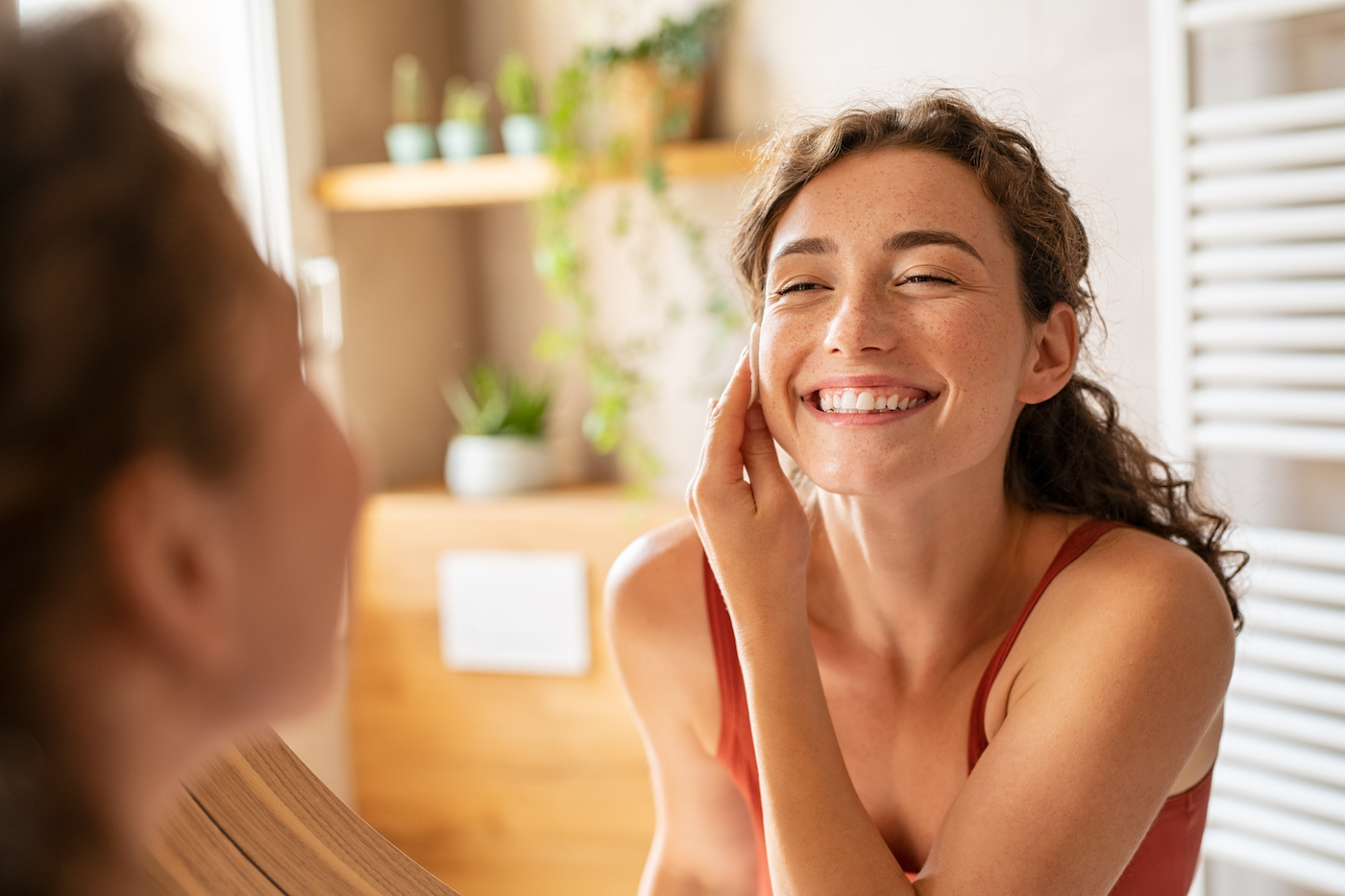
Uncover how natural healing for rosacea can restore clear skin by addressing gut health, inflammation, and skin barrier repair. Backed by science, The Rosacea Method by Dr. Tara O’Desky offers a results-driven approach to achieving lasting rosacea remission without relying on prescriptions or temporary fixes.
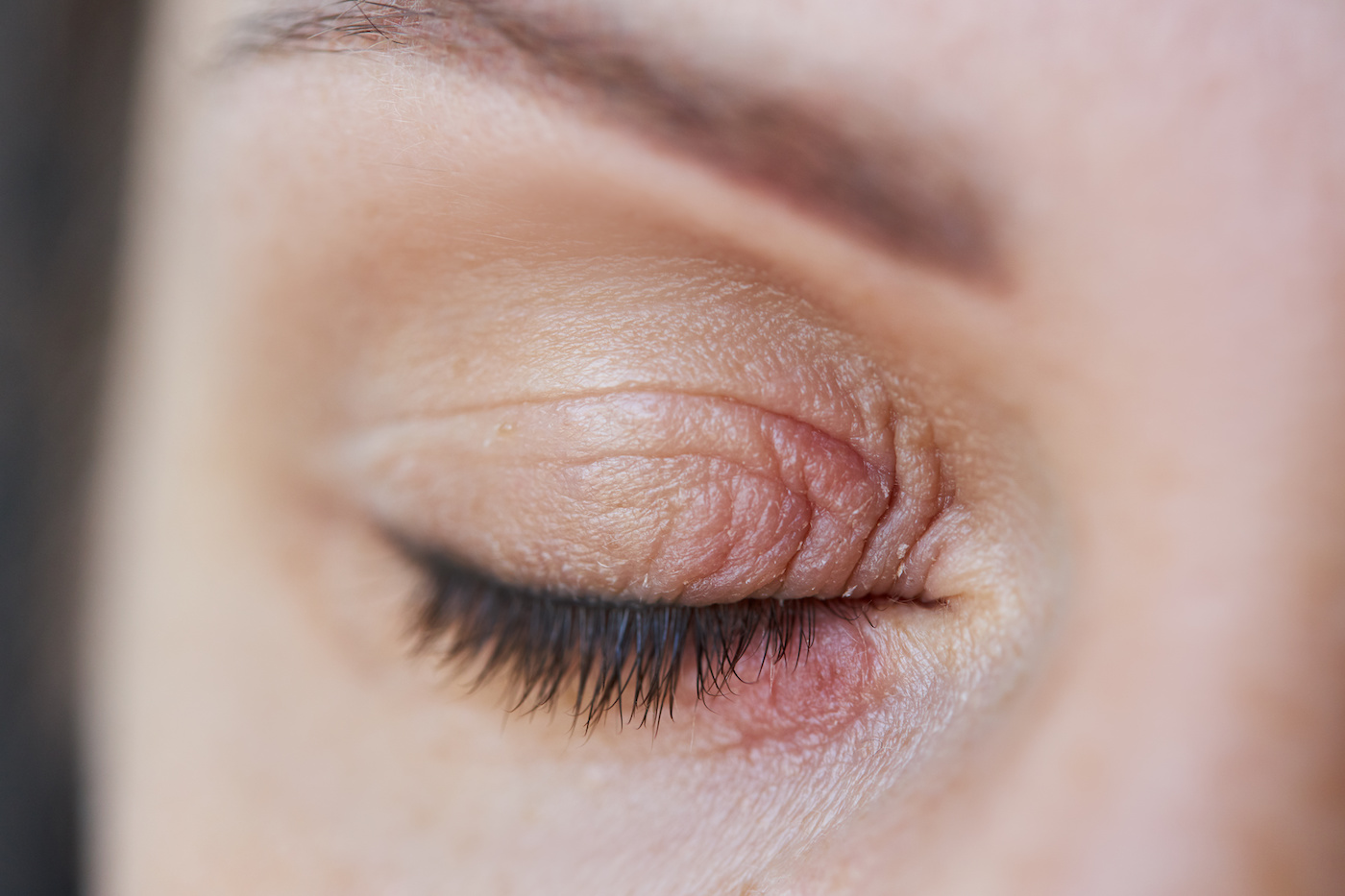
Does everybody have eyelash mites? Yes, but… Did you know that people with rosacea can have over 15 times more Demodex mites than those without it? 1 These tiny mites, living in your eyelash follicles, are usually harmless and even help break down oils and dead skin cells. But for those with rosacea, their overgrowth […]
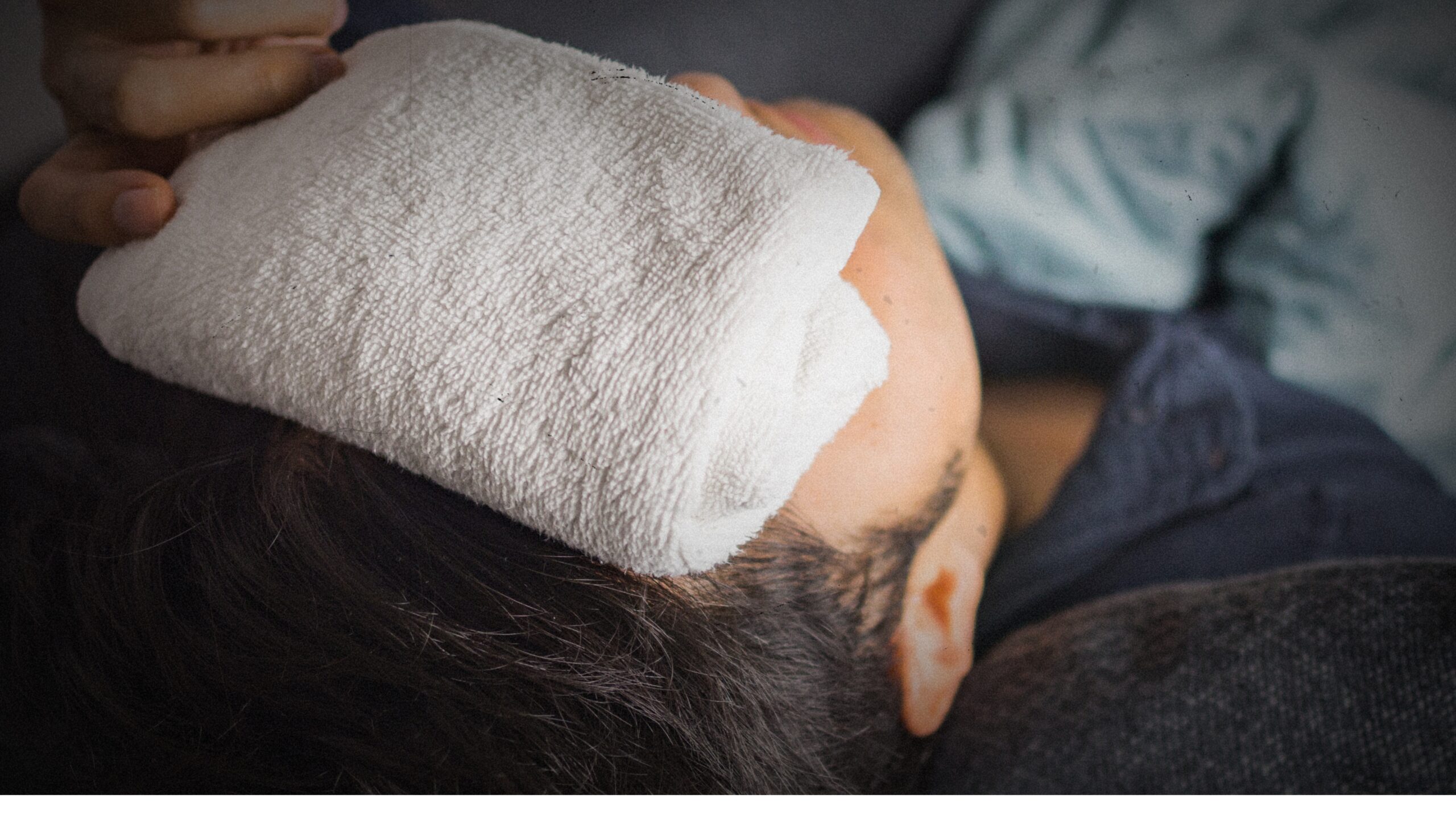
How to Make a Warm Compress for Eyes: Dr. Tara’s Method Warm compresses have long been an effective, natural remedy for soothing irritated eyes. Did you know that research shows that warm compresses need to reach around 40°C (104°F) to be most effective for relieving dry eye symptoms? I’ll show you how to use a […]

Transform Your Skin with the Rosacea Diet: Best Foods to Prevent Flare-Ups Are you tired of constantly dealing with rosacea flare-ups? We understand the frustration you may be feeling after dealing with ineffective and sometimes pricey treatments. But don’t worry… because we’re here to discuss a natural way to reverse your symptoms with a rosacea-friendly […]
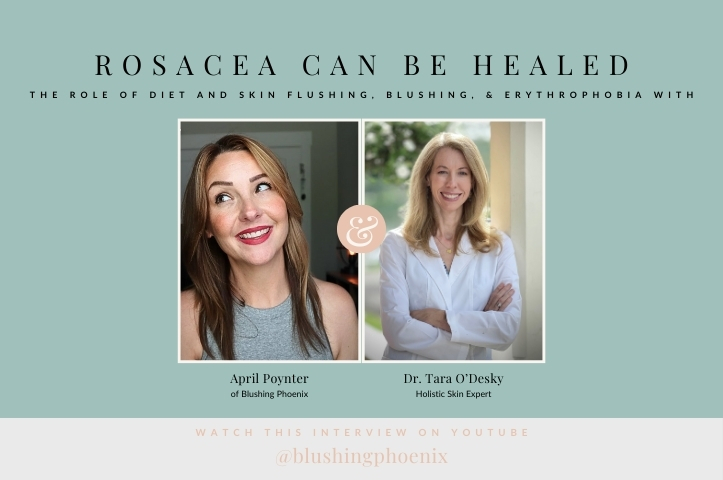
Heal Rosacea with Diet: Natural Remedies Through Flare Elimination and Nutritional Strategies Dr. Tara O’Desky’s approach to heal rosacea with diet focuses on holistic detoxification and specific dietary changes. She had rosacea for over twenty years and was able to fully reverse her rosacea symptoms in just four months. Here are key discoveries Dr. Tara O’Desky made […]

Did you know that people with rosacea are twice as likely to have celiac disease? For many, gluten can be a hidden trigger, wreaking havoc on your gut and making your rosacea worse. Reducing gluten might be the key to healing your gut and calming your skin naturally. What is the Connection Between Gluten and […]
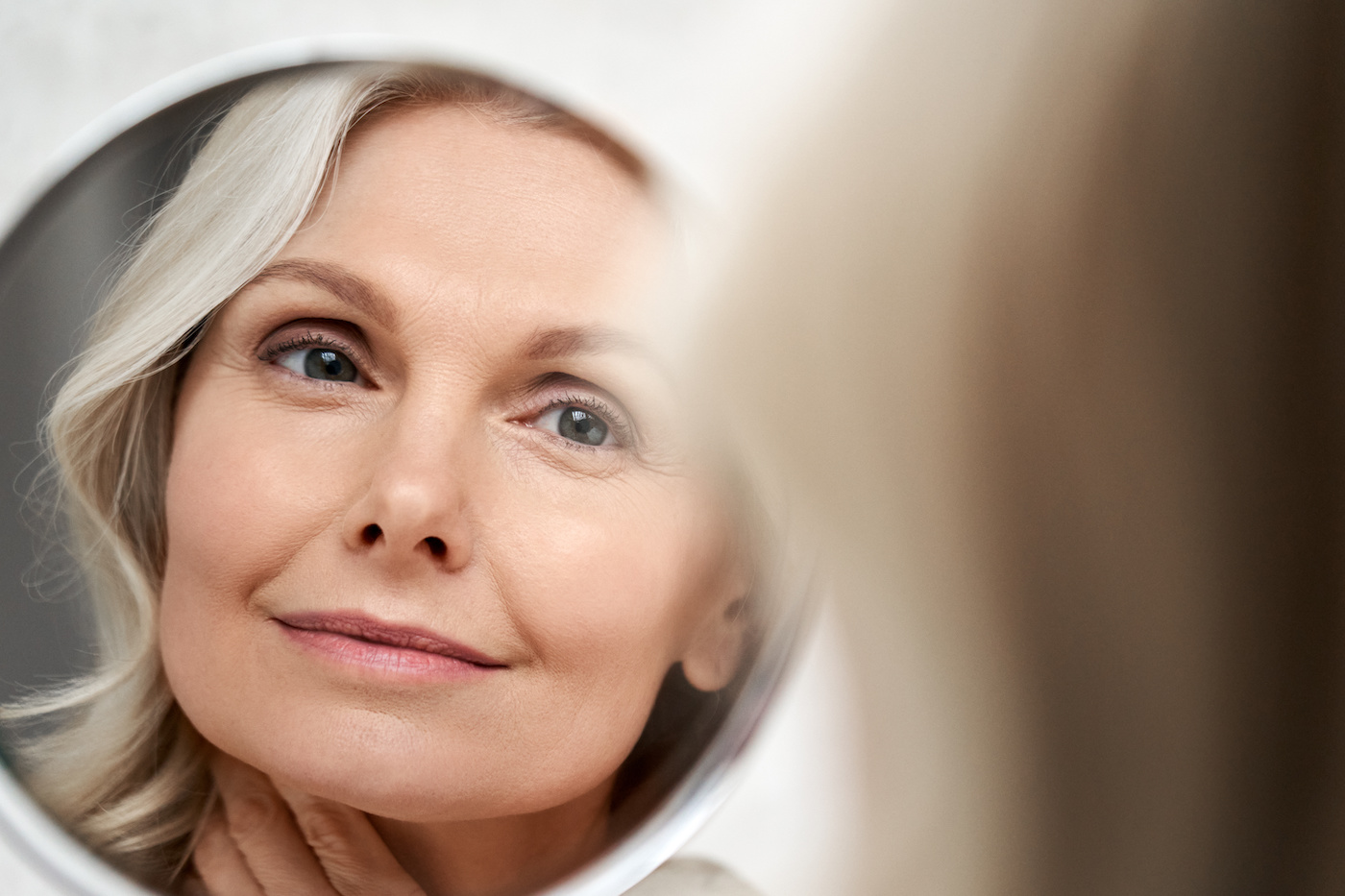
A Comprehensive Guide to Navigating the Signs Demodex Mites Are Dying and Their Impact on Skin Health Did you know that a 2014 study found that 100% of the adult (18+) patients examined carried Demodex Mites, and 70% of the children examined carried them too? Basically, they live naturally on all human skin! While these […]
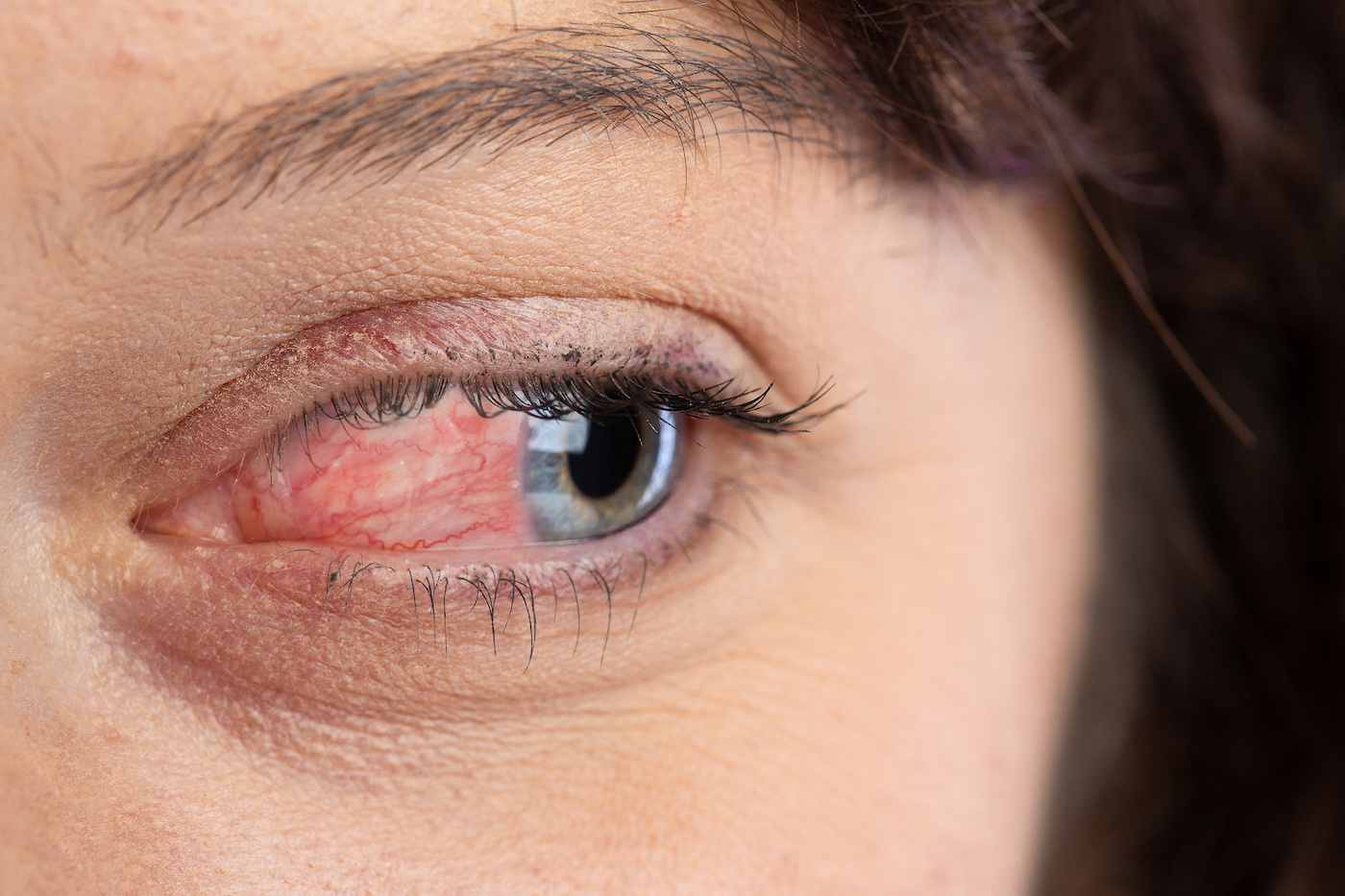
Expert Strategies to Treat Ocular Rosacea: Combining Home Remedies with Clinical Approaches Looking to treat Ocular Rosacea? You’re not alone. Rosacea affects nearly 10% of the world’s population, and between 10-50% of those patients are affected by Ocular Rosacea. Ever find your eyes red, irritated, or feeling like you’ve got sand in them… but no […]
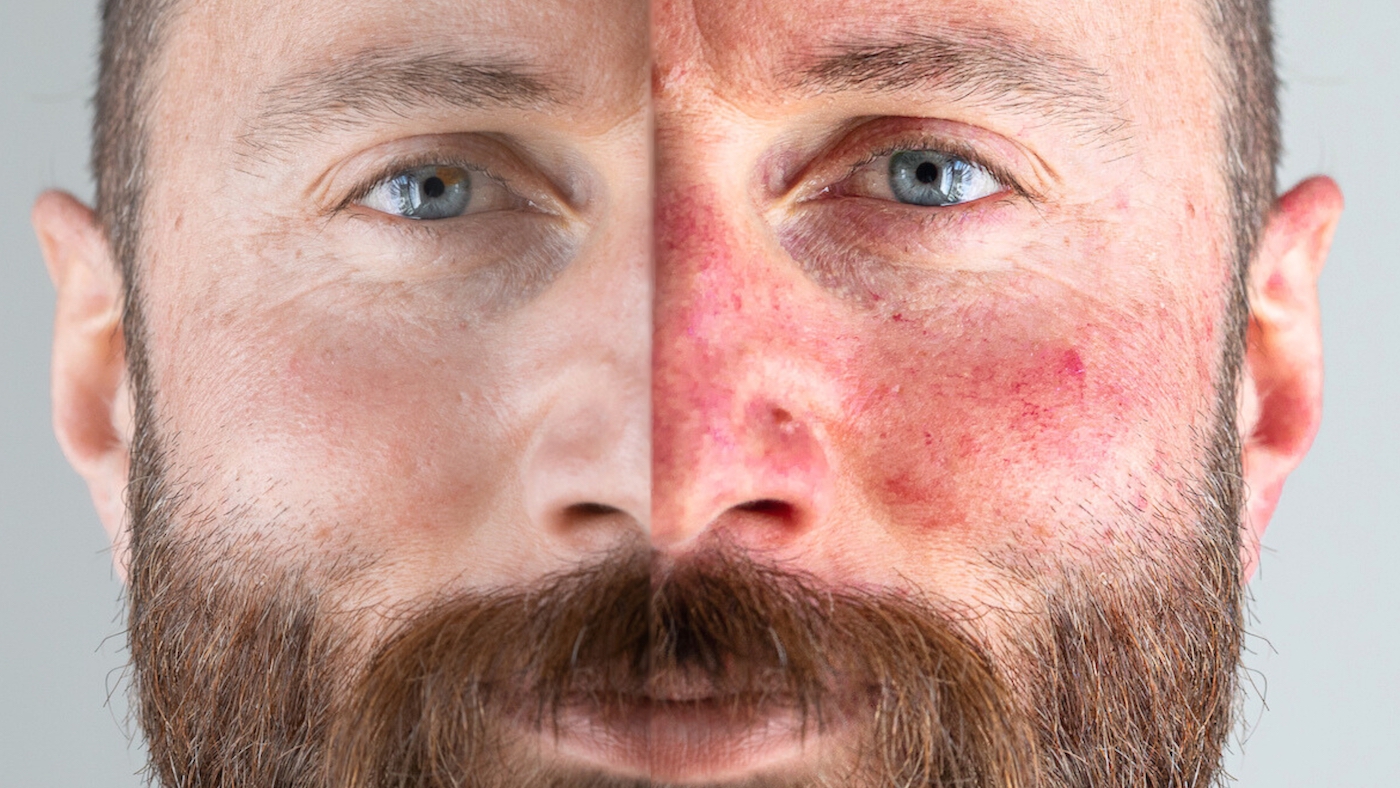
Transforming Your Look: Effective Solutions for Phymatous Rosacea Nose and Facial Disfigurement Feeling like your Phymatous Rosacea nose is stealing all the attention, thanks to the Type 3 Rosacea symptoms you’re experiencing? You’re definitely not alone in this! Dive into some eye-opening research with us: out of 9190 folks looked at in various studies, just […]
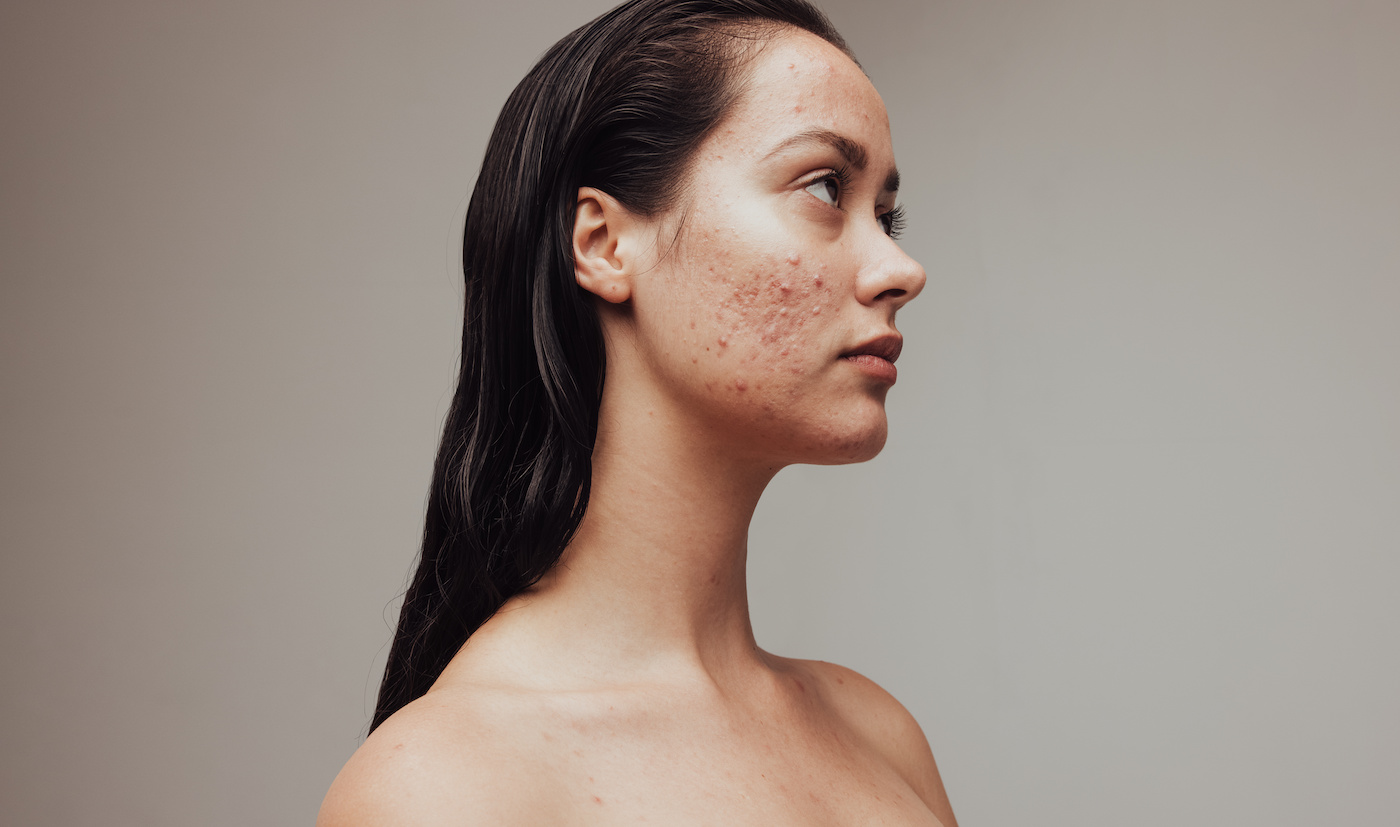
Papulopustular Rosacea vs Acne: A Detailed Guide to Managing Type 2 Rosacea Ever wonder whether it’s just a pesky pimple or something more, like papulopustular rosacea? It’s a common mix-up that many face. But hey, we’re here to help you sort it out with ease and understanding. Navigating the world of Papulopustular Rosacea vs Acne […]
